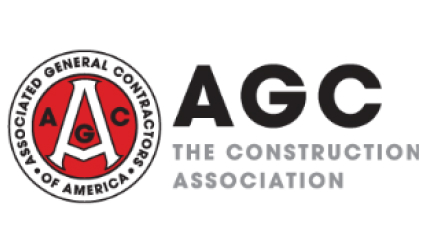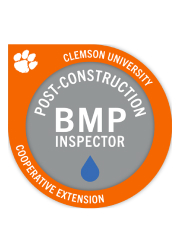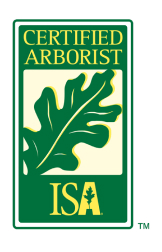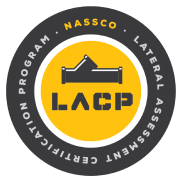Rain Gardens
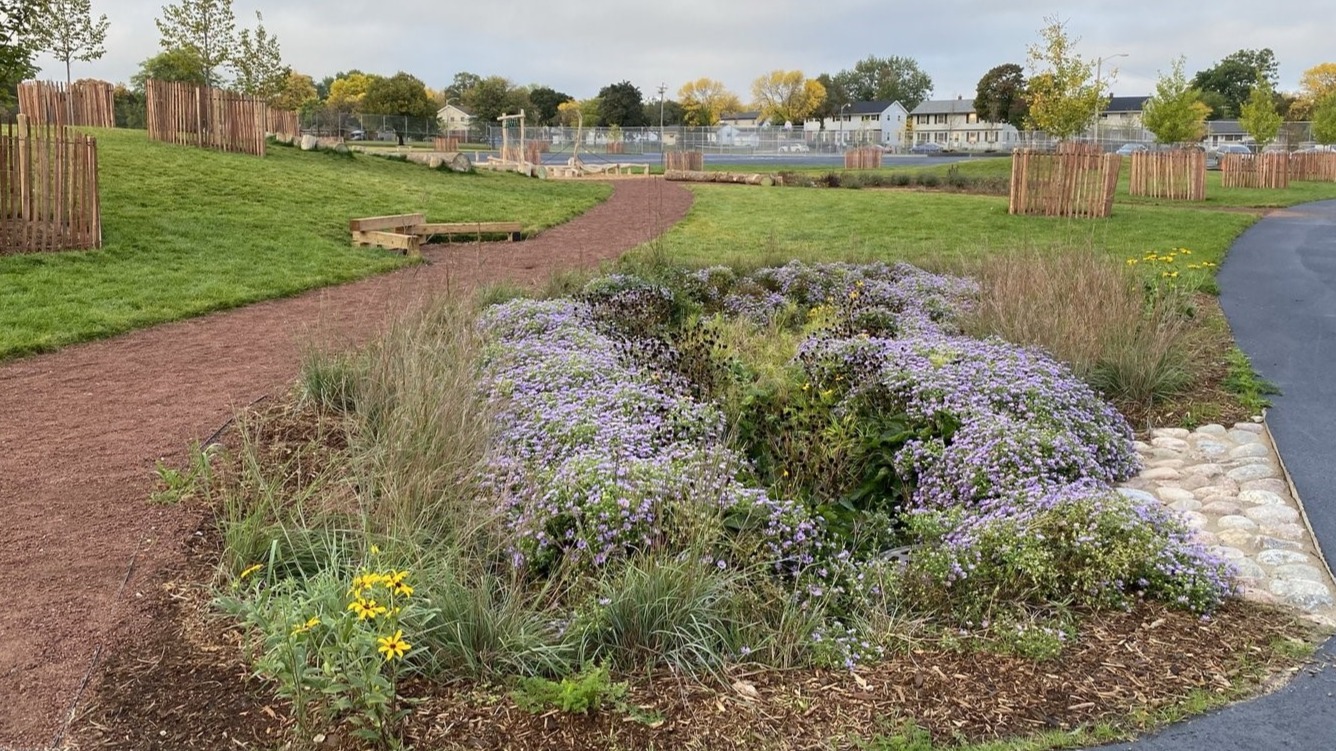
Managing Rain Gardens
Rain gardens are a type of bioretention that is best suited for smaller sites to treat stormwater runoff. They collect and filter runoff from adjacent buildings, parking lots and impervious services. Planted with native grasses, shrubs and flowering plants, rain gardens support biodiversity in addition to providing stormwater benefits.
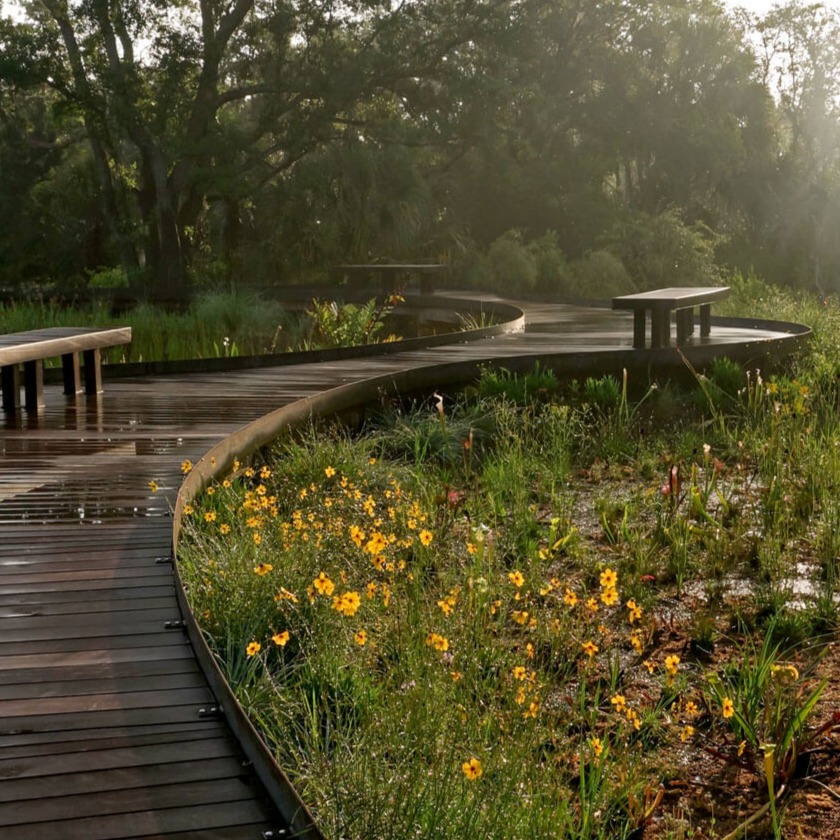
Understanding Rain Gardens
The rain garden’s system of pervious materials like sand, compost and soil work together to treat stormwater as it infiltrates and replenishes shallow groundwater aquifers. Rain gardens have the aesthetic appeal of a normal garden while imitating natural water cycle processes and require low maintenance after establishment. Rain gardens mitigate flooding, improve water quality and create habitats for pollinators and other wildlife.
As the green stormwater infrastructure experts, AQUALIS has significant experience designing rain gardens that effectively treat stormwater. Before we develop a plan for your property, an AQUALIS consultant will perform an initial site assessment to determine your stormwater management needs. Based on the information collected from this visit and our best practices, we will develop a plan that meets long-term goals and compliance at the lowest cost.
Benefits of Rain Gardens
Rain gardens are integrated into commercial or residential areas, intended to filter runoff and remove pollutants like sediment, metals and other contaminants. They can also increase stormwater infiltration or groundwater recharge and manage water volumes during storm events. Rain gardens provide water protection and conservation through stormwater quality benefits. Some of the benefits of a bioretention system management include:

Plants are native to the region and picked to assist in the draining and filtering of stormwater.
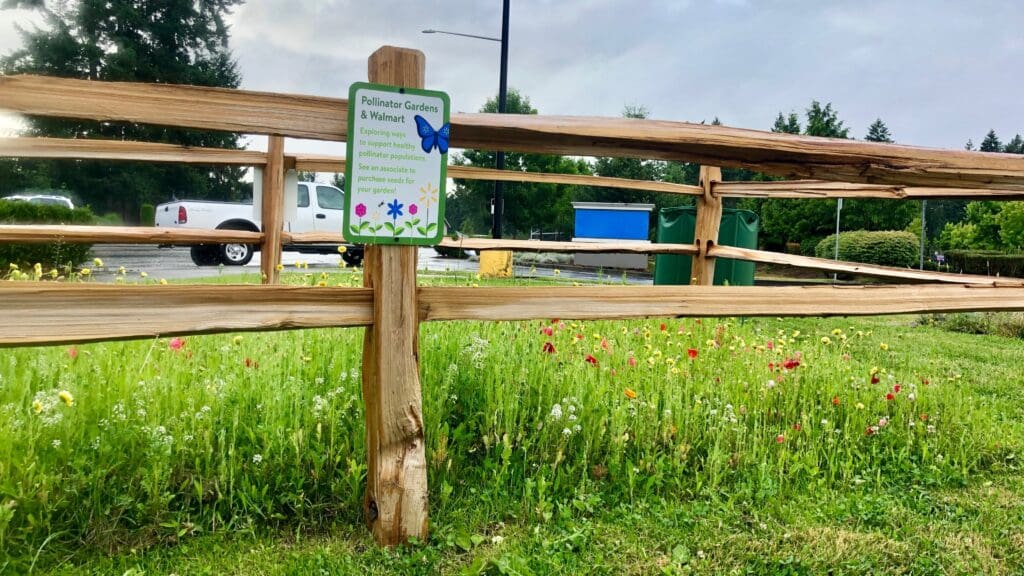
Follow a recent municipal example of implementing a Green Infrastructure Comprehensive Plan, from modeling and evaluating the need and location for GI, through design and funding, to planning and scheduling for maintenance.
Implementing Rain Gardens
Rain gardens have a variety of applications, and their designs are all different dependent on local climate and geologic features. It is important to determine the desired location of the rain garden following the recommended distances from other features, such as your nearby structures, septic systems and utility lines. Once a location is determined, it is imperative to test the soil, as it needs to be porous enough to drain water within 48-hours, the time often considered for the shortest period between rainstorms. The results from the soil test also help determine the plant options that are best suited for the rain garden, which often integrate native landscaping.
Your site would be a good contender for rain garden development if:
- There is the ability to dedicate an effective area for the garden’s construction
- There is a downspout or open flow to a low point
- The soil is permeable enough to allow infiltration
- It is a non-wooded site, as water could damage roots of surrounding trees
- There is a gentle to moderate slope
- The site receives frequent small rain events
- It receives full to partial sun
- The only water effecting the site is stormwater

Green Infrastructure on Your Property
We can assist with the development and implementation of your rain garden management solution, providing necessary system maintenance to operate as designed. Using our certified stormwater best management practices inspection, our specialized maintenance professional will manage and submit all the necessary inspections and required annual reports. Regular rain garden maintenance includes inspecting for and correcting clogging and erosion, removing any trash or debris and evaluating vegetation health. Our services include erosion mitigation, sediment build-up, structural damage inspections, trash removal, weeding, plant and tree trimming, mulch replacement, soil aeration and plant replacement when necessary.
Additional Green Infrastructure
An alternative stormwater control measure that closely emulates a naturally occurring wetland therefore improving our water bodies.
A vegetated channeled depression or trench that captures and infiltrates stormwater runoff before it enters a stormwater drainage system.
Zones located along river banks that provide important habitats for wildlife, limit erosion and help to mitigate flooding events.
An alternative to traditional asphalt or concrete, permeable or porous pavement materials are designed to allow water flow around them into a stone media, or through the pavement.
Media filtration systems used to treat stormwater runoff and improve water quality.
An alternative to traditional roofs, green roofs incorporate areas traditionally underutilized for stormwater management, through capture, storage and evapotranspiration of stormwater.
The design and use of plants native to the site location as a long-term sustainable solution to manage rainwater and stormwater runoff.
Applied to improve soil performance, increase water absorption to allow vegetation to develop a desirable deep and healthy root system, and mycorrhizal network development.
A series of bioretention step-pools designed atop a porous stone media bed, to convey, control and treat stormwater runoff while protecting site soils from erosion.
An operation and maintenance plan details the necessary training, management, budgeting and maintenance requirements to successfully operate GSI, vegetation and stormwater systems.
Regenerative Stormwater Cnveyance Installation
Root-Pike Watershed Initiative Network tasked AQUALIS with designing, engineering and implementing the stormwater control measure on the property.

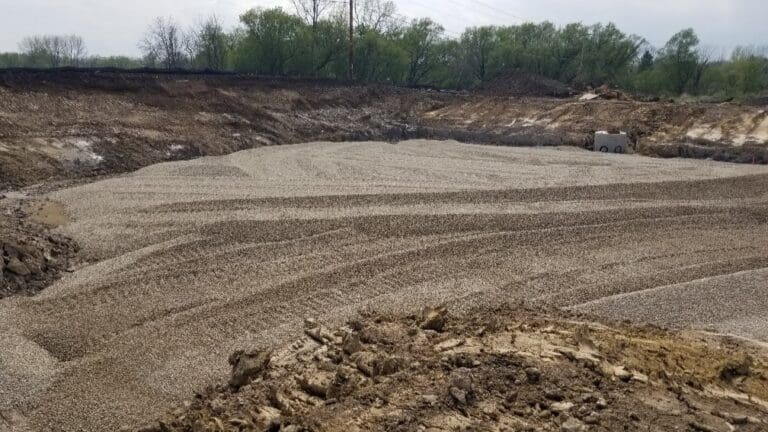
Did you receive an NOV? Have an urgent need? We can help.
Reach out to an AQUALIS representative today.




